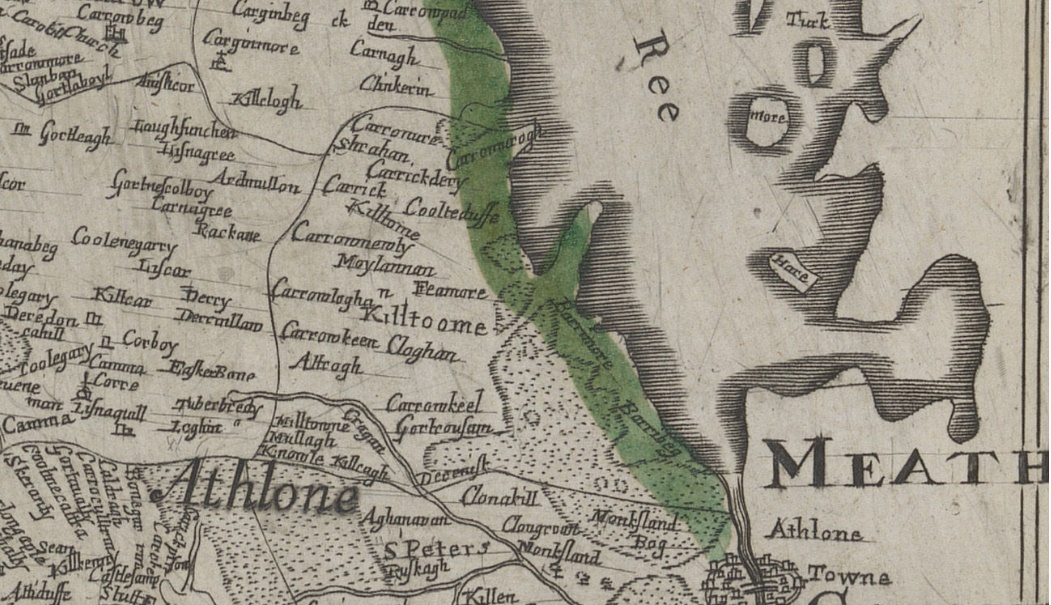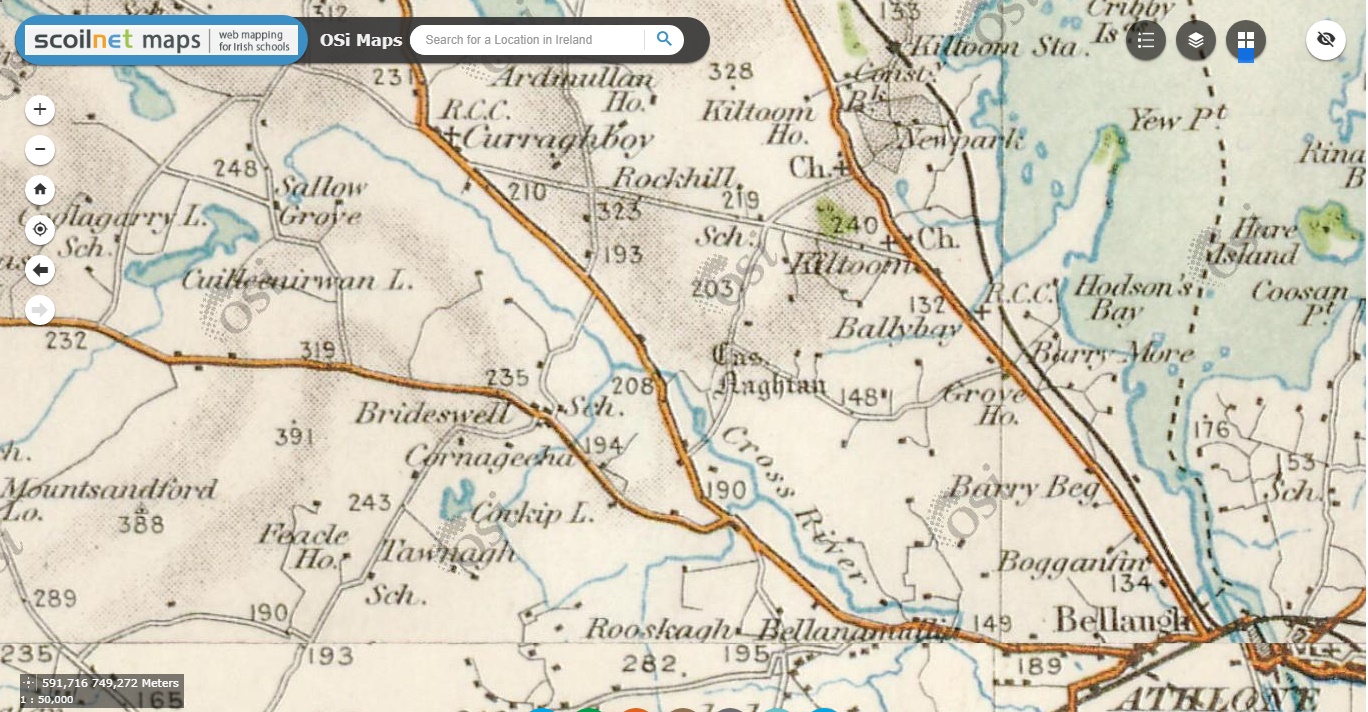School History
Schools for Catholic children were few during years of Penal Law in Ireland. The Penal Laws forbade Catholics to teach or or attend schools; neither could they go to university.
Even after 1782, when the laws against education were repealed there was little change, as the people were too poor to build proper houses or schools. In the towns, private individuals and religious sisters and brothers started free schools for the poor.
In spite of their efforts, no more than one child out of most families attended school during penal times.

Contact Information
Building the School
A school building got underway in the 1830s. Fr Terence O’Neill, the parish priest, applied to build a national school in Ballybay in 1832. The school was built by March 1836. By then the male and female schools had been united and consisted of two rooms – 47′ x 17′. The cost of the building was £112, 16 shillings and 8 pence. In October 1836, £18, 13 shillings and 8 pence was paid for furniture for the school.
It is thought that Fr O’Neill invited the Presentation order of nuns to Ballybay to take charge of the school. On April 20, 1836 Sister Mary Claire Xavier Grace ( born Mary to John and Mary Grace at Mantua, County Roscommon on July 20, 1788) left Presentation Convent, Fairview, Dublin to found a Presentation Convent at Ballybay. She was joined a short time later by Sister Mary Angela Lynch from Presentation Convent, Galway, (born Bridget to Michael and Cecilia Lynch at Loughrea Co. Galway in 1807.)
In the proposal, the school was to have a room for a teacher on the second floor. This may have been where the nuns lived while in Ballybay. However the Ordinance Survey Name book said there was a Roman Catholic Church and nunnery in Cornaseer townsland in the year 1837, possibly suggesting a separate building for the nuns. The Board of National Education granted a salary to the two nuns from July 1st, 1836. The numbers attending the school was initially were said to be 300.

Down Survey map (circa 1650)
This extract from the Down Survey map (circa 1650) shows area with no record of a school.
Ref: www.downsurvey.tcd.ie/down-survey-maps.php
The Early Days
In keeping with the rules of the National Schools, daily religious instruction was given after school for half an hour, as the National schools were nondenominational in those early days. Fr O’Neill reported that the nuns could produce evidence that the children did well in examinations.
From November 1836 an assistant, Catherine Casey, was paid a salary at the school. After about six months in Ballybay, Sister Mary Claire became ill – reported to be from the damp. She went to her brother’s house at Mantua where she died. She was probably replaced in the school by Catherine Casey. There is no record of when Sister Mary Angela Lynch left Ballybay. Fr O’Neill died on June 2, 1837 in his early 40s. Hehad been in the parish from about 1827 – first in Curraghboy as Administrator and as parish priest at Ballybay from 1834. He built the present churches in the parish as well as the national schools at Carrick and Ballybay.
Father John Fitzgerald Junior P. P. became manager of the school at Ballybay in July 1837 and the following August a male teacher Bernard Shanley was appointed. He was joined by a new assistant Anne Clogher later the same month. It appears that the Presentation Convent at Ballybay had ended by 1837. Sister Mary Claire died at Mantua on April 14, 1837. Sister Mary Angela died at Galway in 1878. In official records of the National schools the two nuns were referred to as Mdm Grace and Mdm Lynch.

Ordnance Survey map (early 1800s)
There is no reference to a school on this Ordnance Survey map (early 1800s) either.
Ref: www.osi.ie

